Northern Baltic Sea Route: Ecotourism Journey Along the European Green Belt Trail
Detailed route description and service providers
Day 1: Klaipėda – Dutchman’s Cap – Karklė (about 20 km by bike, ~5 km on foot)
 Meeting in Klaipėda. The morning begins in the city of Klaipėda. Please remember to bring helmets, reflectors, and drinking water. The journey starts on a bike path heading toward Giruliai and the Dutchman’s Cap. You leave Klaipėda heading north on the Seaside Bicycle Route (marked route Klaipėda–Šventoji). You cycle through the Giruliai forest, where from the very first kilometers you’re surrounded by century-old pine trees and the refreshing sea breeze. The path here is smooth and lies away from the busy road, so you can enjoy nature undisturbed. After about 8 km of rustling forest, you reach the village of Kukuliškiai – this is where the territory of the Seaside Regional Park begins. On the right side, beyond the trees, you occasionally catch glimpses of the Baltic Sea. A little further on, the bike path leads to a sign: “Dutchman’s Cap – 0.5 km.” You turn toward the sea through the pine forest and arrive at the Dutchman’s Cap parking area. The scenic viewpoint at the Dutchman’s Cap cliff, located in the Seaside Regional Park, invites you to gaze from above at the 24-meter-high cliff being shaped by the crashing waves. This is one of the most spectacular spots along the entire route.
Meeting in Klaipėda. The morning begins in the city of Klaipėda. Please remember to bring helmets, reflectors, and drinking water. The journey starts on a bike path heading toward Giruliai and the Dutchman’s Cap. You leave Klaipėda heading north on the Seaside Bicycle Route (marked route Klaipėda–Šventoji). You cycle through the Giruliai forest, where from the very first kilometers you’re surrounded by century-old pine trees and the refreshing sea breeze. The path here is smooth and lies away from the busy road, so you can enjoy nature undisturbed. After about 8 km of rustling forest, you reach the village of Kukuliškiai – this is where the territory of the Seaside Regional Park begins. On the right side, beyond the trees, you occasionally catch glimpses of the Baltic Sea. A little further on, the bike path leads to a sign: “Dutchman’s Cap – 0.5 km.” You turn toward the sea through the pine forest and arrive at the Dutchman’s Cap parking area. The scenic viewpoint at the Dutchman’s Cap cliff, located in the Seaside Regional Park, invites you to gaze from above at the 24-meter-high cliff being shaped by the crashing waves. This is one of the most spectacular spots along the entire route.Dutchman’s Cap (hike along the Litorina Trail ~2–3 km). After safely securing your bicycles (lock them to the trail railings or a stand), you begin exploring the Dutchman’s Cap cliff on foot. This is a natural monument about 24 meters high, the highest point on Lithuania’s mainland coast. From the wooden observation platform, you’re treated to a stunning panorama: a rocky beach below and the vast open sea stretching beyond. The .jpg) coastline here is constantly reshaped by the sea’s waves—you might see large boulders protruding from the sand beneath the cliff, and brave pine trees clinging to the edge, trying to avoid collapsing into the sea. After taking in the views, you begin a ~1-hour hike along part of the Litorina Nature Trail, an ecological trail that runs along the top of the ancient Litorina Sea cliffs for about 2.5 km to the south. Along the way, informational stands share insights about the ancient Litorina Sea and the unique coastal forest around you. The trail is not circular—you can walk about 1–1.5 km to a viewpoint where Karklė Hillfort becomes visible, and return the same way or via the beach. During the walk, you’ll see firsthand how important it is to protect the coastline: there are swings and benches placed for rest along the trail, but please stick to the paths to avoid damaging the vegetation that helps prevent erosion.
coastline here is constantly reshaped by the sea’s waves—you might see large boulders protruding from the sand beneath the cliff, and brave pine trees clinging to the edge, trying to avoid collapsing into the sea. After taking in the views, you begin a ~1-hour hike along part of the Litorina Nature Trail, an ecological trail that runs along the top of the ancient Litorina Sea cliffs for about 2.5 km to the south. Along the way, informational stands share insights about the ancient Litorina Sea and the unique coastal forest around you. The trail is not circular—you can walk about 1–1.5 km to a viewpoint where Karklė Hillfort becomes visible, and return the same way or via the beach. During the walk, you’ll see firsthand how important it is to protect the coastline: there are swings and benches placed for rest along the trail, but please stick to the paths to avoid damaging the vegetation that helps prevent erosion.
Ecological Focus: Picking Up Litter Along the Way. As you walk, you collect small pieces of litter if you find any (unfortunately, there are sometimes bits of old plastic or discarded bottles). These are gathered into a bag to be later disposed of in a recycling bin
 Departure from the Dutchman’s Cap, cycling toward Karklė. After returning to your bicycles, you continue your journey north along the seaside bike route toward Karklė (about 2 km). The path winds through the pine forests and sandy meadows of the Seaside Regional Park. Soon, you reach a sign pointing toward Lake Plazė (also known as Lake Plocis), one of the lakes located closest to the sea in Lithuania, just a few hundred meters from the shoreline. Those interested can take a short detour (~0.3 km) down a forest path to reach the lake’s shore. There, you’ll find an observation platform, perfect for watching water birds and enjoying the peaceful scenery.
Departure from the Dutchman’s Cap, cycling toward Karklė. After returning to your bicycles, you continue your journey north along the seaside bike route toward Karklė (about 2 km). The path winds through the pine forests and sandy meadows of the Seaside Regional Park. Soon, you reach a sign pointing toward Lake Plazė (also known as Lake Plocis), one of the lakes located closest to the sea in Lithuania, just a few hundred meters from the shoreline. Those interested can take a short detour (~0.3 km) down a forest path to reach the lake’s shore. There, you’ll find an observation platform, perfect for watching water birds and enjoying the peaceful scenery.Birdwatching: The Seaside Regional Park lies on a major bird migration route—during autumn and spring, flocks of birds pass overhead, and in winter, more than 10,000 water birds gather in the ice-free sea areas. If you have binoculars, you might spot flocks of gulls, ducks, or even swans. At Lake Plazė, you take a short break to refresh yourself. The lake holds freshwater, but it is not recommended for drinking—it’s better to use your own water bottle. Continuing the route, you follow the bike path toward Nemirseta—a place that once marked the historical border between Lithuania and Prussia, and now is known for its beaches. Near the Nemirseta dunes, you can pause briefly to admire the natural dune landscape, covered with grey dune grasses (Leymus arenarius). This area is a protected botanical reserve, preserving the fragile coastal ecosystem.
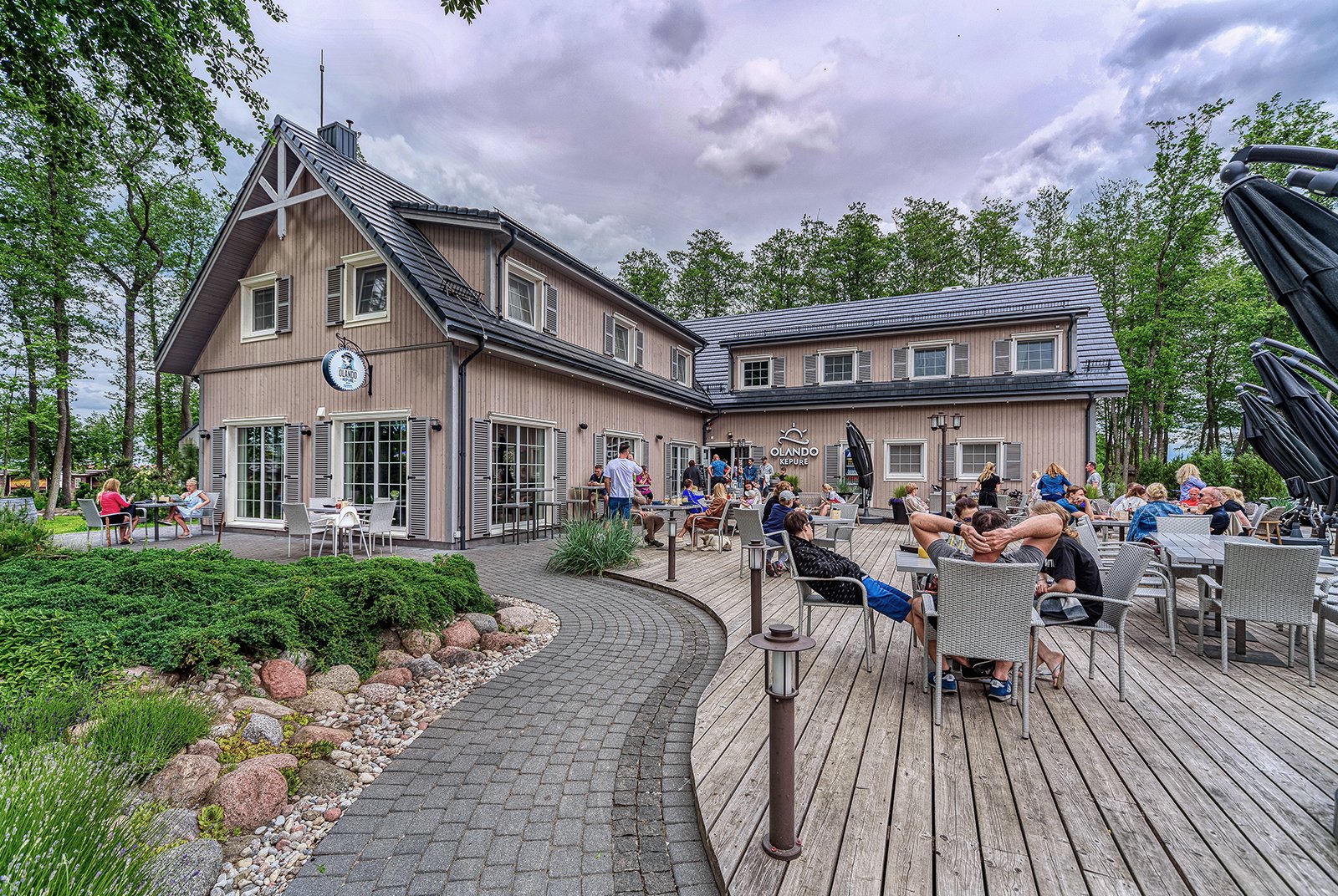 empting aroma of smoked fish. You stop for lunch at the “Olando Kepurė” rest complex (Krikštų St. 5, Karklė) – a café and guesthouse located right in the heart of the Seaside Regional Park. The restaurant is known for its delicious Lithuanian cuisine and local fish dishes. Here, you can try traditional Samogitian (Žemaitija region) meals or freshly smoked eel. While enjoying your lunch, you can also refill your water bottles – the café is happy to provide filtered water, so you don’t need to buy a new plastic bottle.
empting aroma of smoked fish. You stop for lunch at the “Olando Kepurė” rest complex (Krikštų St. 5, Karklė) – a café and guesthouse located right in the heart of the Seaside Regional Park. The restaurant is known for its delicious Lithuanian cuisine and local fish dishes. Here, you can try traditional Samogitian (Žemaitija region) meals or freshly smoked eel. While enjoying your lunch, you can also refill your water bottles – the café is happy to provide filtered water, so you don’t need to buy a new plastic bottle.Note: Take a walk along the beach and, if you find any litter left by people (plastic, glass), collect it. The beaches in this area are quite clean, but occasionally waste brought in by storms can be found. The Karklė community appreciates it when tourists help keep the beach clean. You can sort and dispose of the collected waste in the containers in the village center – there are separate bins for plastic, glass, and paper (near the bus stop).
Dinner and overnight stay in Karklė. In the evening, you return to the "Olando Kepurė" homestead (if you had gone out for a walk). Here, you'll s pend the night in cozy guesthouses or camping cabins, depending on your preference. The homestead is designed in a rustic style, reflecting the spirit of rural tourism – wooden cottages and a peaceful yard with pine trees. Before dinner, you can take a 5-minute walk to the sea and watch the sunset on the shore – sunsets over the Baltic Sea here are truly unforgettable. We recommend having dinner at the same café in Karklė (it’s open until late evening) – the menu is regularly updated, but you’ll always find traditional dishes with a modern twist. Full and satisfied, you’ll reflect on the impressions of your first day.
pend the night in cozy guesthouses or camping cabins, depending on your preference. The homestead is designed in a rustic style, reflecting the spirit of rural tourism – wooden cottages and a peaceful yard with pine trees. Before dinner, you can take a 5-minute walk to the sea and watch the sunset on the shore – sunsets over the Baltic Sea here are truly unforgettable. We recommend having dinner at the same café in Karklė (it’s open until late evening) – the menu is regularly updated, but you’ll always find traditional dishes with a modern twist. Full and satisfied, you’ll reflect on the impressions of your first day.
Day 2: Karklė – Palanga – Šventoji (about 25 km by bike, ~3 km on foot)
Morning by the sea, breakfast. W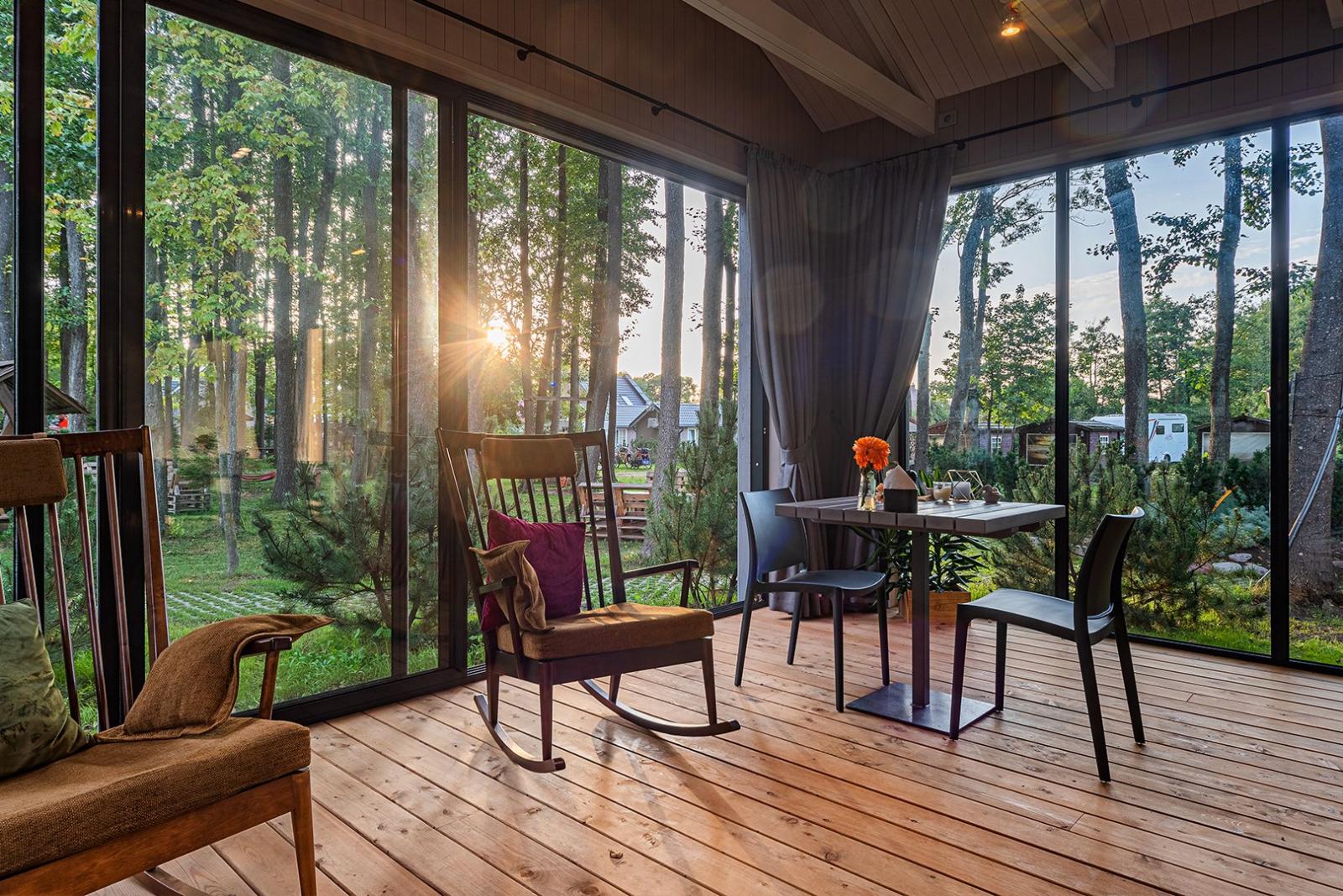 aking up early in Karklė, you'll feel the refreshing sea air. If you stayed in tents at the campsite, you'll wake to the sound of the sea and birds; if you stayed in a room, you'll enjoy the comforts of indoors. We suggest starting your morning with a swim in the Baltic Sea (for the brave – although the water is refreshing, it will definitely wake you up!). After some beach exercise, return for breakfast. At the “Olando Kepurė” homestead, a buffet breakfast is served with fresh pastries, scrambled eggs, cottage cheese – you'll find both healthy and hearty options. Once well-fed, prepare for the second day of the journey: check your bikes (tire pressure, brakes), and refill your water supply (you can get boiled water in bottles at the homestead). Upon checking out, thank your hosts – they will truly appreciate that you chose their eco-friendly homestead.
aking up early in Karklė, you'll feel the refreshing sea air. If you stayed in tents at the campsite, you'll wake to the sound of the sea and birds; if you stayed in a room, you'll enjoy the comforts of indoors. We suggest starting your morning with a swim in the Baltic Sea (for the brave – although the water is refreshing, it will definitely wake you up!). After some beach exercise, return for breakfast. At the “Olando Kepurė” homestead, a buffet breakfast is served with fresh pastries, scrambled eggs, cottage cheese – you'll find both healthy and hearty options. Once well-fed, prepare for the second day of the journey: check your bikes (tire pressure, brakes), and refill your water supply (you can get boiled water in bottles at the homestead). Upon checking out, thank your hosts – they will truly appreciate that you chose their eco-friendly homestead.
.jpg) h merges with the Old Seaside Trail, which winds between dunes and pine forests. On the left side of the path, you might notice old fortifications – these are remnants of World War II bunkers in Nemirseta. While our route focuses on nature, we mention this detail for the curious. The bike path in Palanga is well-marked – by following the signs “Palanga Center”, you’ll reach the Palanga Botanical Park in about 20 minutes from Nemirseta.
h merges with the Old Seaside Trail, which winds between dunes and pine forests. On the left side of the path, you might notice old fortifications – these are remnants of World War II bunkers in Nemirseta. While our route focuses on nature, we mention this detail for the curious. The bike path in Palanga is well-marked – by following the signs “Palanga Center”, you’ll reach the Palanga Botanical Park in about 20 minutes from Nemirseta.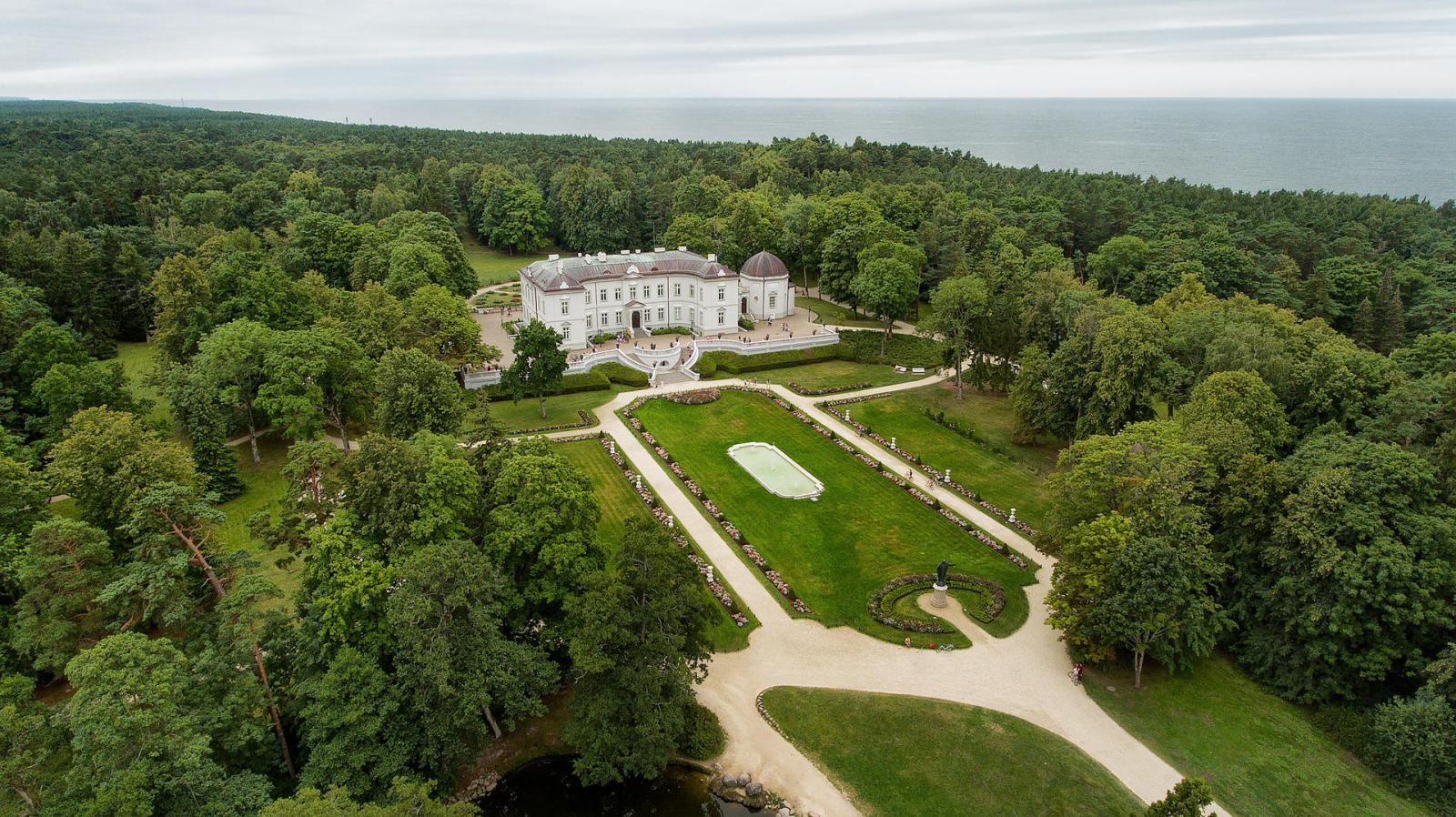 oot. It is not only a cultural monument but also a natural oasis: century-old trees, rose gardens, ponds with swans. You walk along the path to Birutė Hill – a ~21-meter-high dune covered with pine trees. On top of the hill stands a Neo-Renaissance-style chapel. It is believed that in ancient times this site was a pagan sacred place – an alka. From the top of Birutė Hill, you can catch a glimpse of the sea between the treetops. After descending, you may visit the Amber Museum (located in the former manor). However, since our route is nature-oriented, we skip the museum interior unless someone is particularly interested in seeing fossilized resin drops with inclusions. You continue your walk through the park, following paths to the Alley of Love, passing by the famous Jūratė and Kastytis sculptural fountain. Nearby (Jūratės St. 19A), there is a public drinking water fountain – one of several installed by Palanga Municipality, where you can refill your bottles with clean water for free. The beach is just a few steps away: soon, you reach the iconic Palanga Pier. Step out onto this legendary pier, stretching 470 meters into the sea. There’s always a refreshing breeze on the pier, and beneath you, the waves crash – it’s a perfect moment for a group photo.
oot. It is not only a cultural monument but also a natural oasis: century-old trees, rose gardens, ponds with swans. You walk along the path to Birutė Hill – a ~21-meter-high dune covered with pine trees. On top of the hill stands a Neo-Renaissance-style chapel. It is believed that in ancient times this site was a pagan sacred place – an alka. From the top of Birutė Hill, you can catch a glimpse of the sea between the treetops. After descending, you may visit the Amber Museum (located in the former manor). However, since our route is nature-oriented, we skip the museum interior unless someone is particularly interested in seeing fossilized resin drops with inclusions. You continue your walk through the park, following paths to the Alley of Love, passing by the famous Jūratė and Kastytis sculptural fountain. Nearby (Jūratės St. 19A), there is a public drinking water fountain – one of several installed by Palanga Municipality, where you can refill your bottles with clean water for free. The beach is just a few steps away: soon, you reach the iconic Palanga Pier. Step out onto this legendary pier, stretching 470 meters into the sea. There’s always a refreshing breeze on the pier, and beneath you, the waves crash – it’s a perfect moment for a group photo.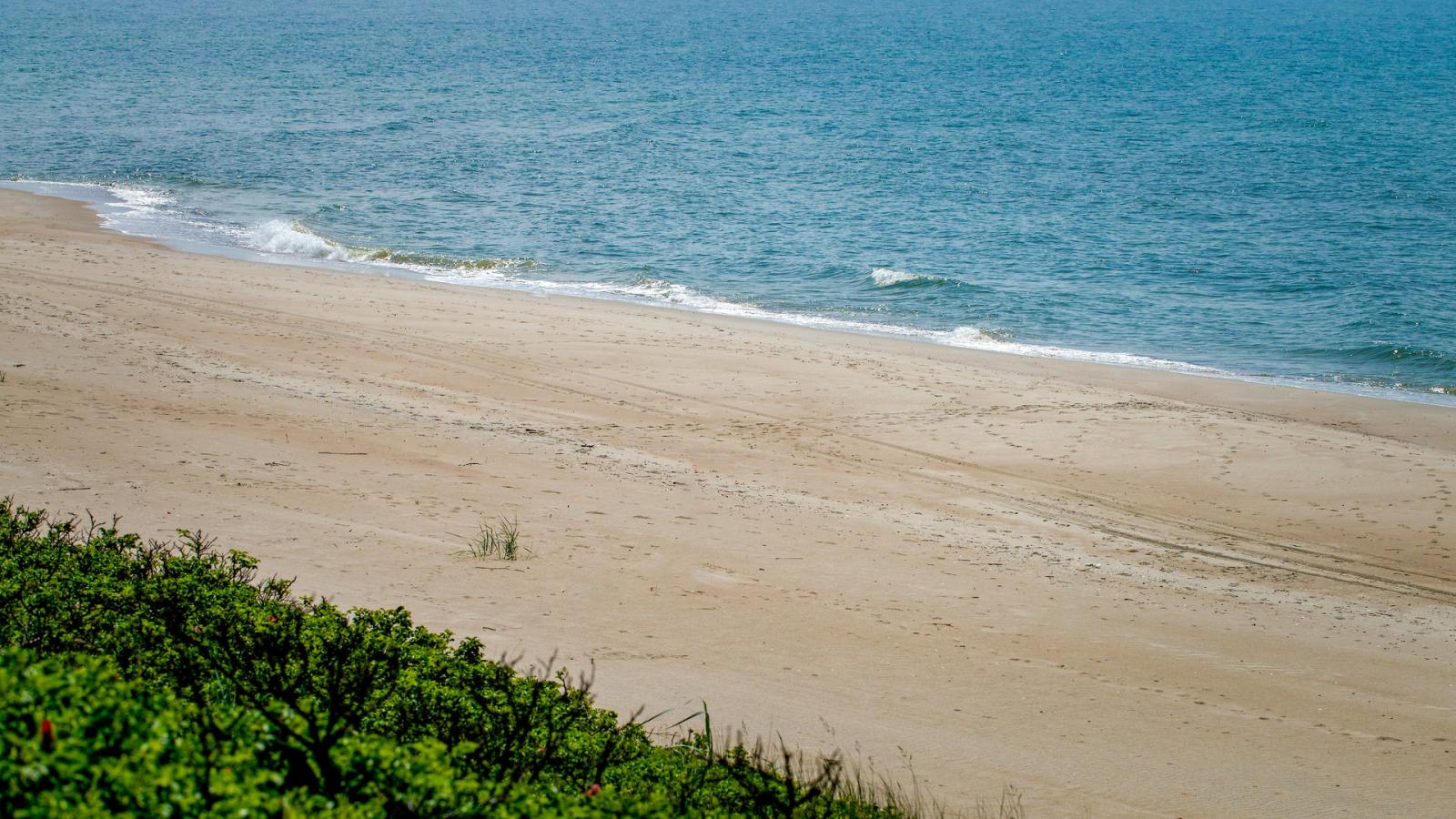 Beach rest and snacks. The beach near the pier is sandy, wide, and in summer full of holidaymakers. Take about half an hour to relax: those who wish can go for a swim, others can rest on the sand. Don’t forget sun protection, even if it’s windy. Nearby the pier are a few beach cafés where you can buy cold drinks or ice cream. You can also organize your own snack break – bring some nuts or dried fruit for energy. Showers to rinse your feet and recycling bins (for plastic, paper, and glass) are available by the beach – make sure your break leaves as little waste behind as possible.
Beach rest and snacks. The beach near the pier is sandy, wide, and in summer full of holidaymakers. Take about half an hour to relax: those who wish can go for a swim, others can rest on the sand. Don’t forget sun protection, even if it’s windy. Nearby the pier are a few beach cafés where you can buy cold drinks or ice cream. You can also organize your own snack break – bring some nuts or dried fruit for energy. Showers to rinse your feet and recycling bins (for plastic, paper, and glass) are available by the beach – make sure your break leaves as little waste behind as possible.Palanga town center, lunch. You get back on your bikes and head down J. Basanavičius Street – a famous pedestrian avenue, so you’ll need to walk your bike. Around you, the street buzzes with restaurants and souvenir stands. Since ecotourism encourages tasting local dishes, we recommend choosing a café in Palanga known for Lithuanian or Samogitian cuisine for lunch. Lunch recommendation: HBH “Juozo Alus” Bar (they have a separate tavern in town). Here you can try cepelinai, kastinys with potatoes, or cold beet soup (šaltibarščiai). For a quicker bite, head to the Palanga market area (Vytauto St.), where you’ll find freshly baked kibinai or pastries from Preila Bakery. However, it’s worth enjoying local dishes at least once. Refresh yourself during lunch with kvass or herbal tea. After lunch, stop by the Palanga Tourism Information Center (Vytauto St. 94) – for the latest updates on bike path conditions or bus schedules. The center also has a public toilet and a rest area for travelers.
Cycling from Palanga to Šventoji (13 km). From the center of Palanga, you continue north along the bike path toward Šventoji. The route runs nearly parallel to the sea, through pine forests and coastal settlements. You’ll pass by Monciškės and Kunigiškės – here you’ll see many holiday homes, campgrounds, and cottages. The bike path is paved and smooth, so the kilometers will fly by quickly. About halfway (~7 km in, through the Nemirata Forest), you can take a short break in the shade. Breathe in the fresh air – the scent of pine mixed with sea salt is the true aroma of the coast! Along the way, you’ll notice signs pointing to v.jpg) arious campsites and camping grounds – this area is popular with vacationers who camp in tents.
arious campsites and camping grounds – this area is popular with vacationers who camp in tents.
Water refill: In Kunigiškės (near the turnoff by the former airport), there’s a public drinking water fountain installed by the local municipality. If you don’t find it – no worries, you’ll reach Šventoji in about 20 minutes.
Arrival in Šventoji, natural sights to visit. And here you are – Šventoji, a peaceful seaside resort town located at the mouth of the Šventoji River. The bike path leads you straight into the central part of Šventoji (Prieplaukos Street). This marks the end of the cycling portion of the route. First, head to see the famous “Fisherman’s Daughters” sculpture (~500 m from the center toward the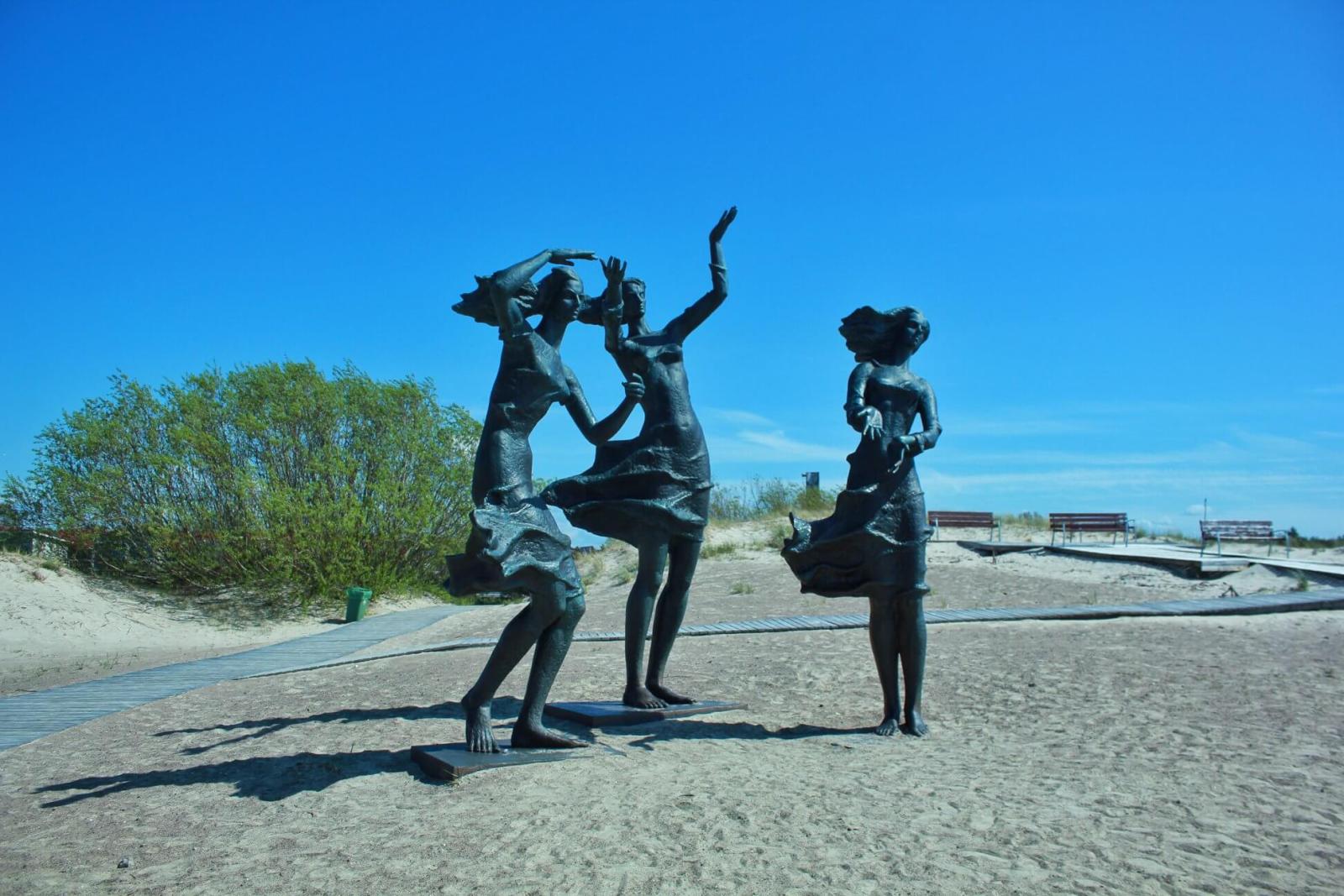 sea via Kopų Street). This impressive 4-meter-tall composition depicts three girls looking out to sea – the fisherman’s daughters waiting for their father to return. The sculpture was erected in the dunes in 1982, created by sculptor Zuzana Pranaitytė, and has since become a symbol of Šventoji. Next to the sculpture is a wooden boardwalk leading through the dunes to the sea, with benches along the way – a perfect spot to sit and take in the view of the Baltic Sea one last time. Looking north, you can spot the Latvian border, just ~8 km away. (If you have time, you could even cycle all the way there!) Turning your gaze south, you’ll see Palanga in the distance.
sea via Kopų Street). This impressive 4-meter-tall composition depicts three girls looking out to sea – the fisherman’s daughters waiting for their father to return. The sculpture was erected in the dunes in 1982, created by sculptor Zuzana Pranaitytė, and has since become a symbol of Šventoji. Next to the sculpture is a wooden boardwalk leading through the dunes to the sea, with benches along the way – a perfect spot to sit and take in the view of the Baltic Sea one last time. Looking north, you can spot the Latvian border, just ~8 km away. (If you have time, you could even cycle all the way there!) Turning your gaze south, you’ll see Palanga in the distance.
After leaving your bikes in a safe place (there are bike racks in central Šventoji, or you can lock them near the sculpture viewing platform), continue on foot to visit another unique site – the Samogitian Sanctuary (Ž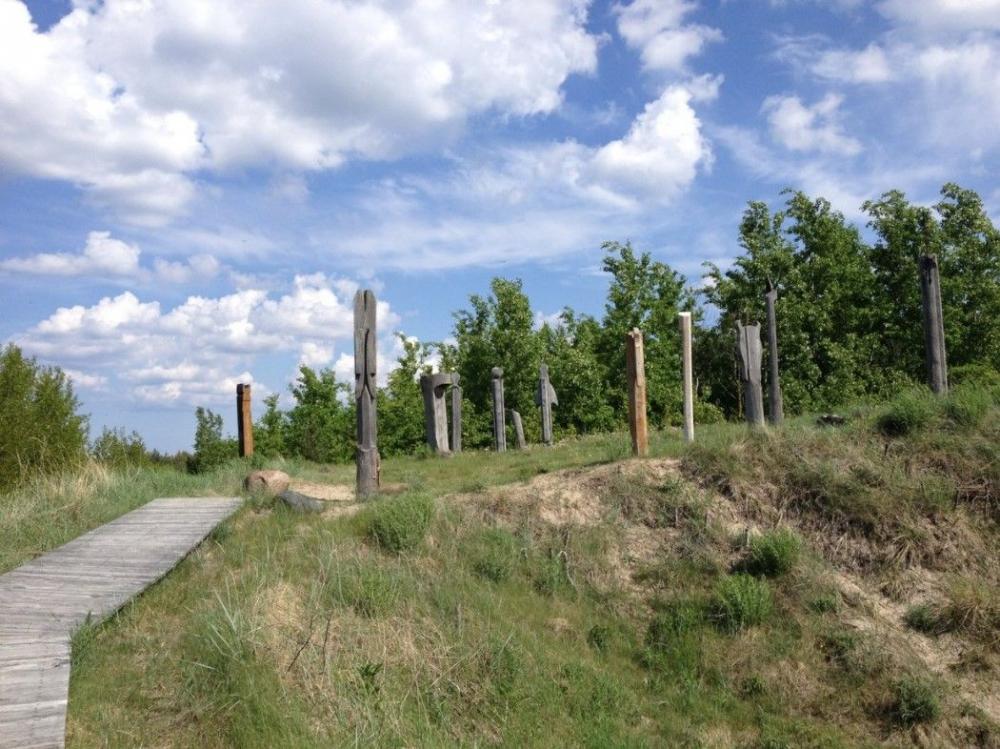 emaičių Alka). From the “Fisherman’s Daughters” sculpture, walk about 300 m south along the dunes (at the end of Jonpaparčio Street) to find this sacred site, located on a high dune. This Samogitian Alka was restored in 1998 as a pagan sky observatory: wooden pillars with Baltic deities are arranged in a circle according to an ancient astronomical calendar. You’ll learn that, by observing the cast shadows, one can determine the dates of traditional Baltic holidays – it’s a living example of ancient astronomy! The sanctuary is peaceful, surrounded by dunes swaying with wild grasses. Walk among the wooden columns representing Perkūnas, Žemyna, Aušrinė, and other deities – it's like an open-air museum, where culture and nature blend seamlessly. Informational signs in both Lithuanian and English are located nearby, explaining the site's significance
emaičių Alka). From the “Fisherman’s Daughters” sculpture, walk about 300 m south along the dunes (at the end of Jonpaparčio Street) to find this sacred site, located on a high dune. This Samogitian Alka was restored in 1998 as a pagan sky observatory: wooden pillars with Baltic deities are arranged in a circle according to an ancient astronomical calendar. You’ll learn that, by observing the cast shadows, one can determine the dates of traditional Baltic holidays – it’s a living example of ancient astronomy! The sanctuary is peaceful, surrounded by dunes swaying with wild grasses. Walk among the wooden columns representing Perkūnas, Žemyna, Aušrinė, and other deities – it's like an open-air museum, where culture and nature blend seamlessly. Informational signs in both Lithuanian and English are located nearby, explaining the site's significance
End of the route, rest in Šventoji. You return to the center of Šventoji town. Officially, the two-day route ends here – congratulations on completing the ecotourism journey! You should feel pleasantly tired and enriched with new experiences. Before heading back, take a moment to enjoy the peace of Šventoji. We recommend visiting the Šventoji Lighthouse (a 43-meter-high tower near the harbor – visible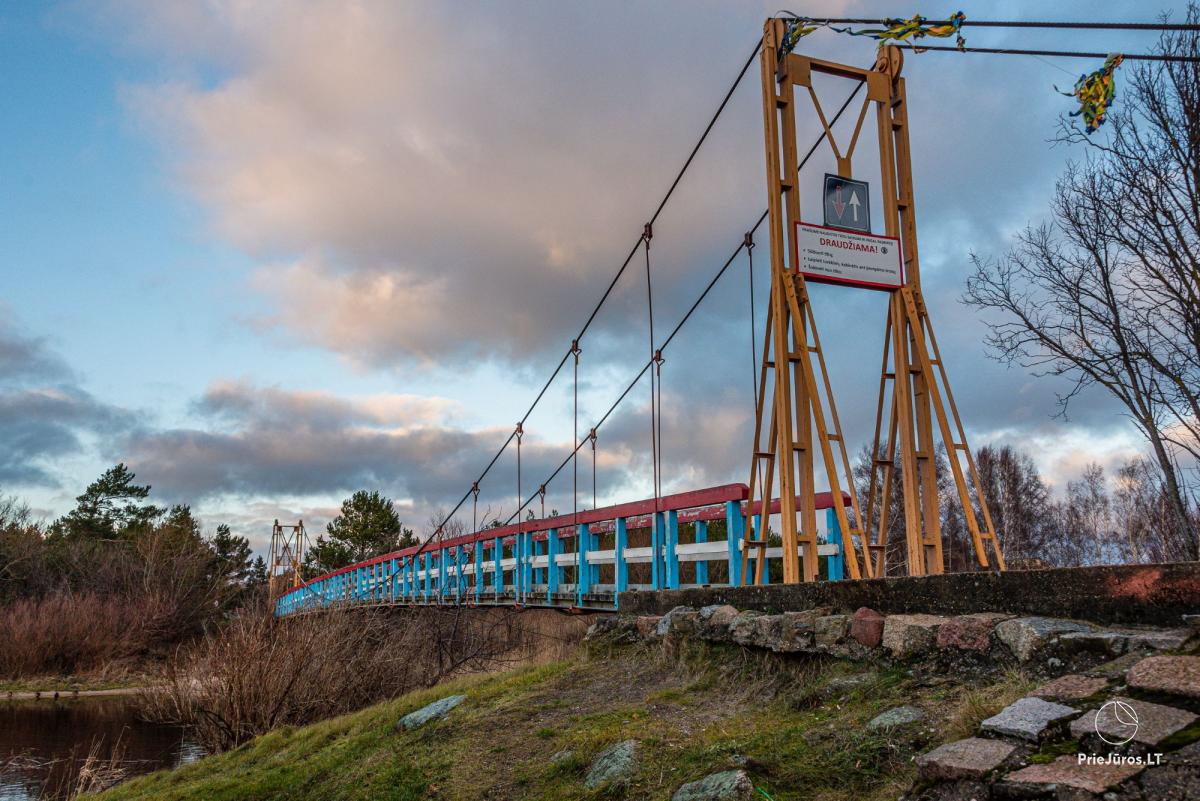 from outside), or crossing the fun and bouncy “Monkey” Bridge – a suspension footbridge over the Šventoji River. It’s a fun little adventure, especially for kids (step carefully – it swings!). Another attraction is the Šventoji jetties – stone piers stretching into the sea on either side of the river’s mouth. You can walk out onto them for a different perspective of the sea, where the river water merges with the salty waves of the Baltic.
from outside), or crossing the fun and bouncy “Monkey” Bridge – a suspension footbridge over the Šventoji River. It’s a fun little adventure, especially for kids (step carefully – it swings!). Another attraction is the Šventoji jetties – stone piers stretching into the sea on either side of the river’s mouth. You can walk out onto them for a different perspective of the sea, where the river water merges with the salty waves of the Baltic.
Return by bus to Klaipėda (or Palanga). Time to head back. From the central bus stop in Šventoji, take an intercity bus to Klaipėda (in summer they run frequently – about 1–2 times per hour; the journey tak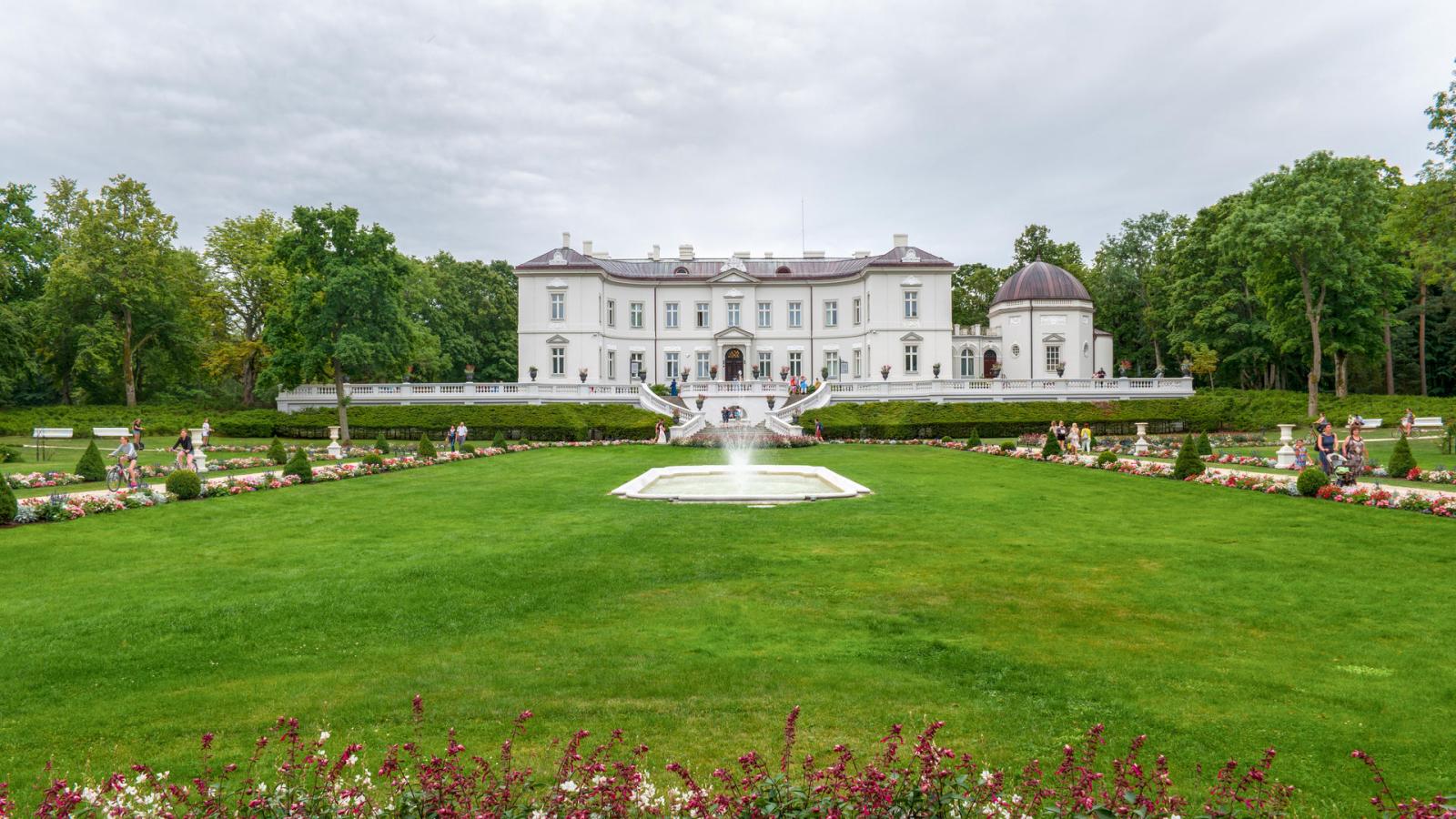 es ~1 hour). Bicycles can be transported in the bus luggage compartment – most carriers allow this for a small additional fee, but we recommend checking the schedule and carrier policies in advance. If you rented your bikes in Klaipėda, you can return them at the rental point upon arrival (usually before 8 PM). If it’s more convenient, you can first take a local shuttle to Palanga (runs approximately every 30 minutes), and from there continue by bus to Klaipėda – although the direct route is usually more comfortable. You say farewell to the coast, carrying full cameras of beautiful shots – and perhaps a handful of collected sea pebbles as a souvenir (but please note: taking sand or large stones is prohibited).
es ~1 hour). Bicycles can be transported in the bus luggage compartment – most carriers allow this for a small additional fee, but we recommend checking the schedule and carrier policies in advance. If you rented your bikes in Klaipėda, you can return them at the rental point upon arrival (usually before 8 PM). If it’s more convenient, you can first take a local shuttle to Palanga (runs approximately every 30 minutes), and from there continue by bus to Klaipėda – although the direct route is usually more comfortable. You say farewell to the coast, carrying full cameras of beautiful shots – and perhaps a handful of collected sea pebbles as a souvenir (but please note: taking sand or large stones is prohibited).
Service providers on the route
.jpg) Bicycle rental ("Du Ratai – Velonuoma") – Naujoji Uosto str. 3, Klaipėda. Phone +370 615 22032. Rents out touring bicycles, provides technical assistance. You can also contact "Baltic Bike Travel" (Naujoji Uosto str. 3, Klaipėda, phone. +370 46 300145) for bicycle rental or organized tours.
Bicycle rental ("Du Ratai – Velonuoma") – Naujoji Uosto str. 3, Klaipėda. Phone +370 615 22032. Rents out touring bicycles, provides technical assistance. You can also contact "Baltic Bike Travel" (Naujoji Uosto str. 3, Klaipėda, phone. +370 46 300145) for bicycle rental or organized tours. 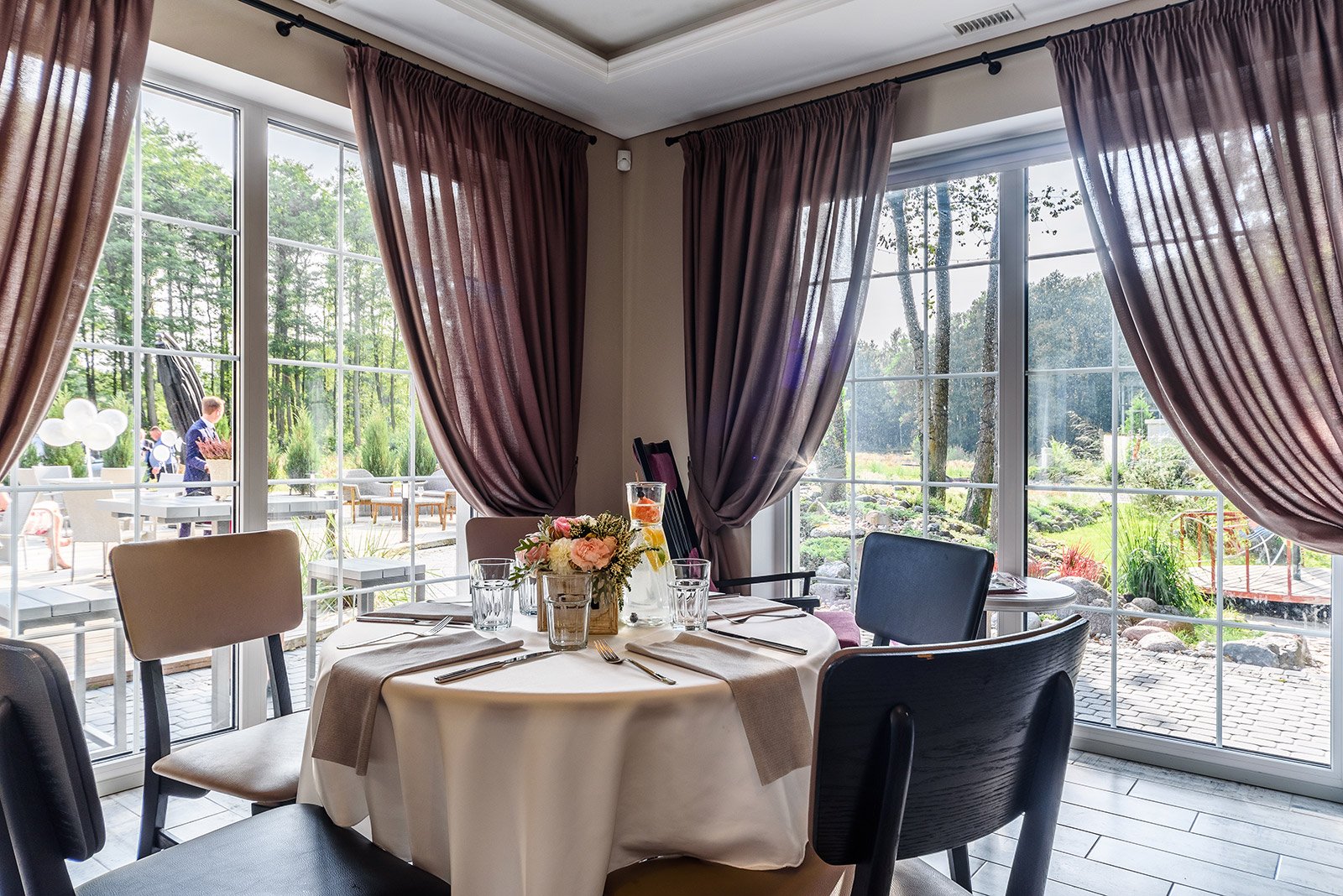 , Karklė (tel. +370 686 62915 – same as the guesthouse). Offers traditional Lithuanian dishes and fish meals, with a cozy outdoor terrace located in the park. HBH “Juozo Alus” restaurants: The main restaurant is located at Liepų St. 23, Žibininkai (within the HBH complex), tel. +370 655 37777. The HBH complex is renowned for its culinary heritage – serving traditional Lithuanian cuisine and freshly brewed beer. In Palanga, HBH also operates a seasonal tavern-bar on Basanavičiaus St., where you can find cepelinai, kastinis, and other local dishes. In Šventoji, we recommend: Café “Paršelio Rojus”, Topolių St. 1, Šventoji (tel. +370 610 00666) – despite the playful name ("Piglet’s Paradise"), it offers smoked fish and traditional potato-based dishes. “Du Malūnai”, Šventosios St. 23, Šventoji (tel. +370 686 70555) – serves Lithuanian meals and fish soup.
, Karklė (tel. +370 686 62915 – same as the guesthouse). Offers traditional Lithuanian dishes and fish meals, with a cozy outdoor terrace located in the park. HBH “Juozo Alus” restaurants: The main restaurant is located at Liepų St. 23, Žibininkai (within the HBH complex), tel. +370 655 37777. The HBH complex is renowned for its culinary heritage – serving traditional Lithuanian cuisine and freshly brewed beer. In Palanga, HBH also operates a seasonal tavern-bar on Basanavičiaus St., where you can find cepelinai, kastinis, and other local dishes. In Šventoji, we recommend: Café “Paršelio Rojus”, Topolių St. 1, Šventoji (tel. +370 610 00666) – despite the playful name ("Piglet’s Paradise"), it offers smoked fish and traditional potato-based dishes. “Du Malūnai”, Šventosios St. 23, Šventoji (tel. +370 686 70555) – serves Lithuanian meals and fish soup.Nature Guide / Excursions - The Seaside Regional Park Directorate (Visitor Center in Karklė) organizes educational hikes and nature ex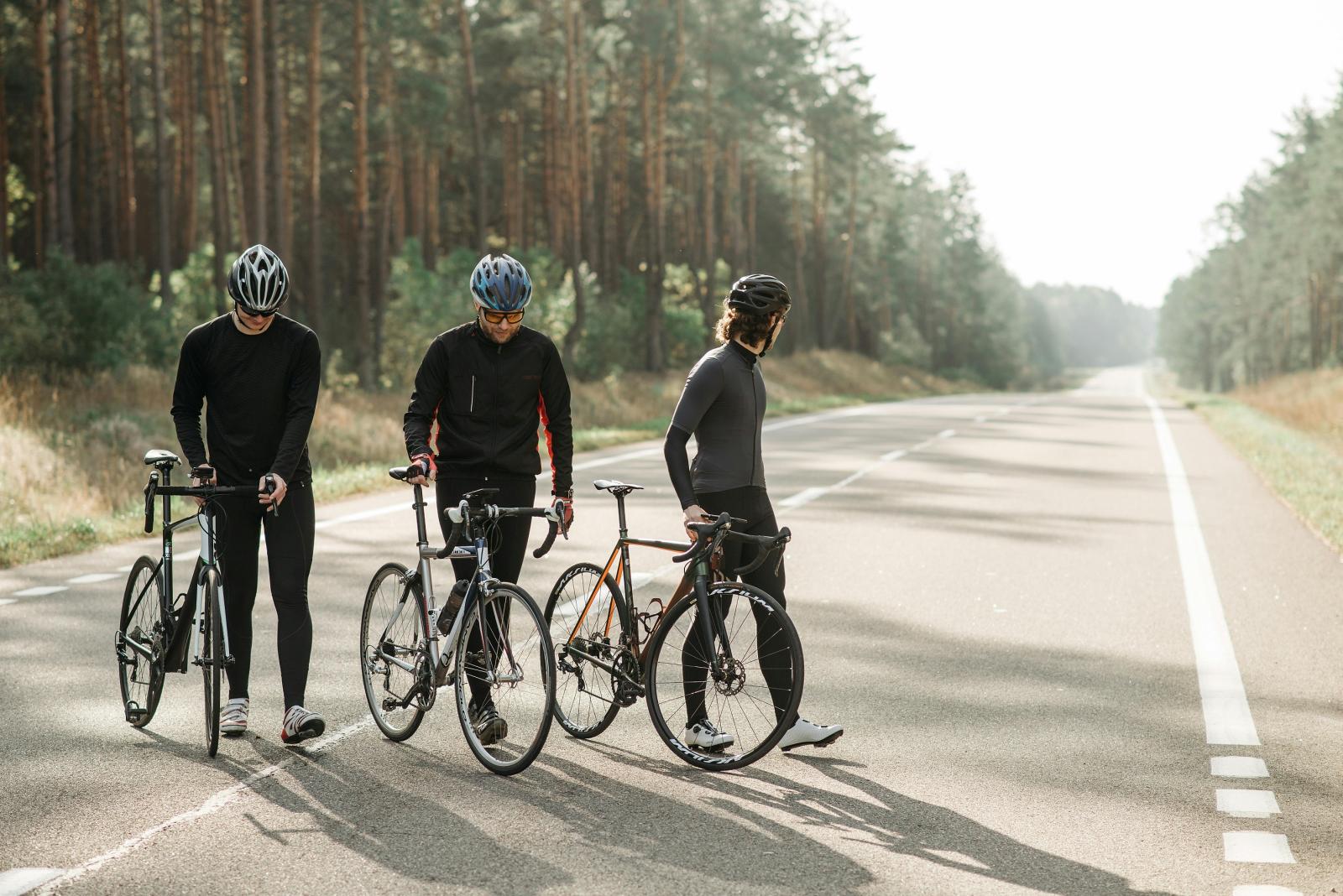 cursions upon request. Address: Placio St. 54, Karklė. Phone +370 46 412483, Email: pajurio.rp@saugoma.lt. You can arrange a tour with a park specialist who will introduce you to rare plant species and explain geological phenomena (for example, “Why the Dutchman’s Cap is eroding” – a popular educational topic in the park). Additionally, the Palanga Tourism Information Center (Vytauto St. 94, Palanga, tel. +370 460 48811) provides contact information for guides – here you can inquire about cycling tour leaders or nature excursions in and around Palanga. Professional guides, for an additional fee, can lead groups through Birutė Park, along nature trails, and tailor the storytelling to your interests.
cursions upon request. Address: Placio St. 54, Karklė. Phone +370 46 412483, Email: pajurio.rp@saugoma.lt. You can arrange a tour with a park specialist who will introduce you to rare plant species and explain geological phenomena (for example, “Why the Dutchman’s Cap is eroding” – a popular educational topic in the park). Additionally, the Palanga Tourism Information Center (Vytauto St. 94, Palanga, tel. +370 460 48811) provides contact information for guides – here you can inquire about cycling tour leaders or nature excursions in and around Palanga. Professional guides, for an additional fee, can lead groups through Birutė Park, along nature trails, and tailor the storytelling to your interests.
Detailed route in PDF format.
This project is implemented with the financial support from the BESTbelt project of the European Union. The contents of this project are the sole responsibility of Lithuanian countryside tourism association and can under no circumstances be regarded as reflecting the position of the European Union.
